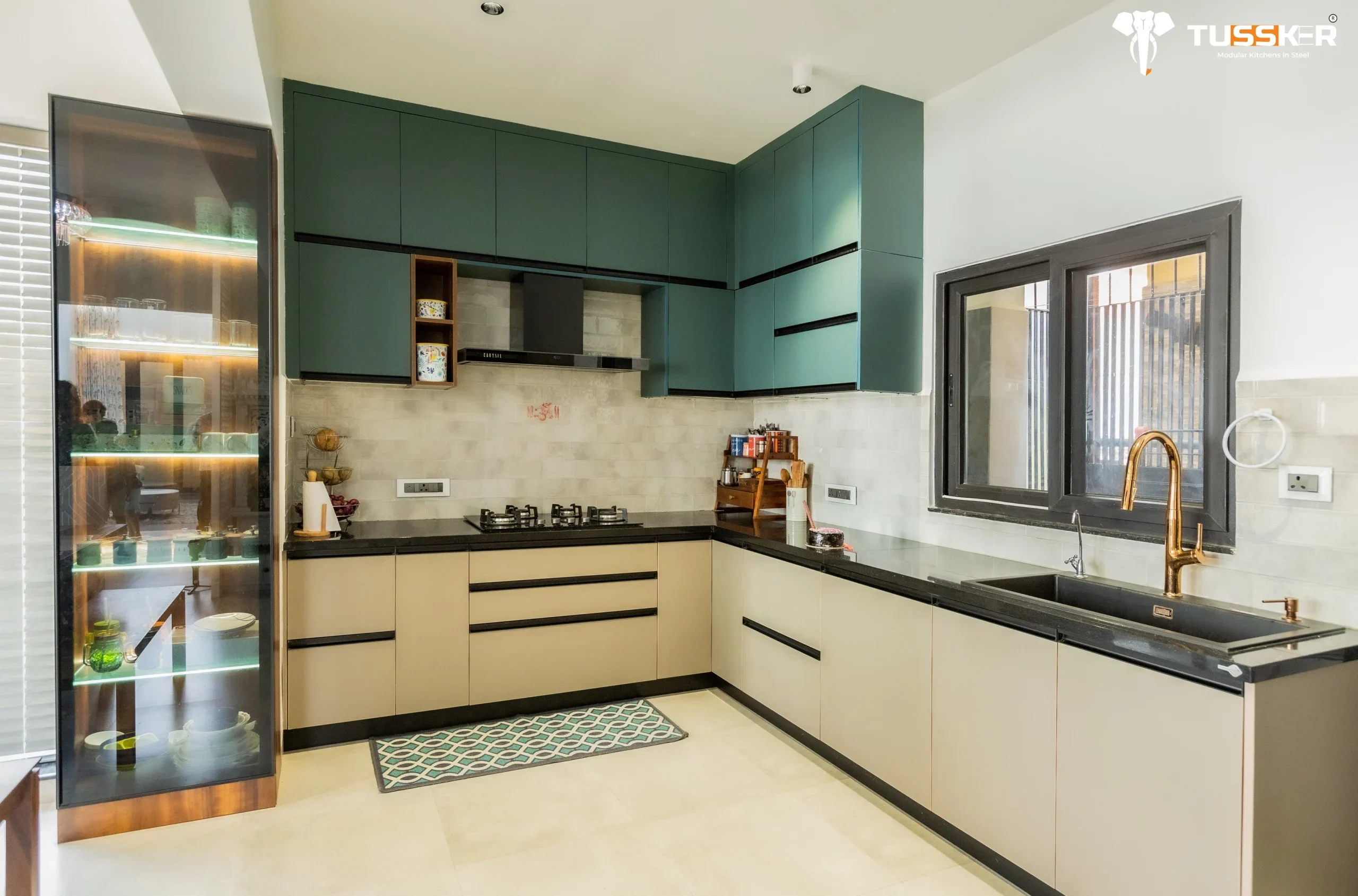7 Things You Didn’t Know About Traditional Wooden Kitchens

Admin

For decades, wooden kitchens have been a default choice in Indian homes. They look warm, feel homely, and have that “classic” charm. But behind the polished finishes and fancy laminates, traditional wooden kitchens hide problems that cost homeowners money, time, and peace of mind.
If you’re planning to renovate or build a kitchen, here are seven things you probably didn’t know about wooden kitchens — and why The Winning Pick might just be something entirely different.
1. Termites Love Wood More Than You Love Biryani
Wooden kitchens are a paradise for termites. Once they start feeding on the structure, it’s only a matter of time before cabinets weaken or collapse. Even costly anti-termite treatments can’t guarantee 100% protection forever.
The Winning Pick: Alloy-Coated Steel (ACS) or Stainless Steel kitchens are completely termite-proof, keeping your storage safe for years without constant pest control bills.
2. Monsoon Moisture Ruins Wood
If you live in a humid or coastal city, monsoon season is your wooden kitchen’s biggest enemy. Wood absorbs moisture, causing cabinets to swell, laminate to bubble, and hinges to loosen.
The Winning Pick: Steel kitchens don’t absorb water and stay perfectly aligned, even after years of coastal humidity.
3. Skipping Proper Storage Planning
Indian cooking is full of spices, oils, and strong aromas. Wood, being porous, soaks up stains and odors over time — leaving behind smells and discoloration that are nearly impossible to remove.
The Winning Pick: Non-porous materials like stainless steel and ACS repel stains and odors. A quick wipe keeps surfaces fresh and clean.
4. Fire Risk Is Real
Wood is flammable, which makes it a risky material in a kitchen full of stoves, ovens, and heat. A small accident can escalate quickly.
The Winning Pick: Steel is non-combustible, adding an extra layer of safety to your cooking space.
5. Shorter Lifespan Means More Replacements
Most wooden kitchens start showing signs of wear within five to seven years — loose hinges, peeling laminates, or swollen boards. Replacements and repairs can quickly add up.
The Winning Pick: Steel kitchens can last 15 to 20 years with minimal maintenance, saving money in the long run.
6. Not as Eco-Friendly as You Think
While “wood” might sound natural, plywood and MDF are processed with chemicals and adhesives that aren’t easily recyclable.
The Winning Pick: Steel is 100% recyclable, making it a more sustainable choice for eco-conscious homes.
A beautiful kitchen means nothing if you’re constantly short on space. Many people focus only on looks and forget to plan for efficient storage — leading to cluttered counters and overflowing cabinets.
Smart move: Think modular. Plan drawers, pull-outs, corner units, and vertical storage so every inch is used wisely.
7. Looks Aren’t Everything
Modern wooden kitchens can look beautiful, but design options are limited compared to steel kitchens — which offer matte, gloss, textured, and even wood-look finishes without the drawbacks of actual wood.
The Winning Pick: ACS and stainless steel kitchens combine stunning finishes with unmatched durability.
The Smart Switch for Indian Kitchens
Traditional wooden kitchens may have charm, but they’re not built for India’s climate, cooking style, or long-term needs. From termites to moisture damage, the hidden problems cost far more than you might expect.
Upgrading to a steel kitchen means zero termites, zero swelling, zero stains — and a kitchen that stays as good as new for decades.
Tusker Kitchens brings you Alloy-Coated Steel and Stainless Steel solutions that blend strength, style, and smart engineering for the modern Indian home.
Why settle for old problems when you can have a future-proof kitchen today?
WhatsApp us
